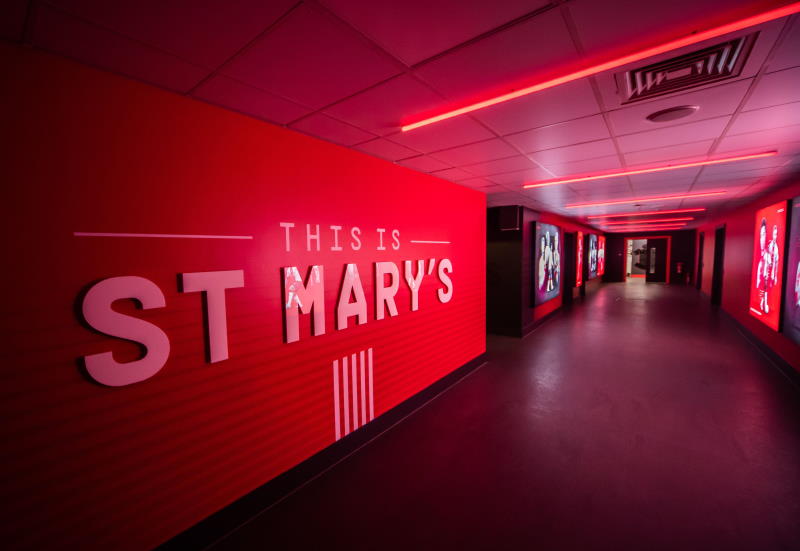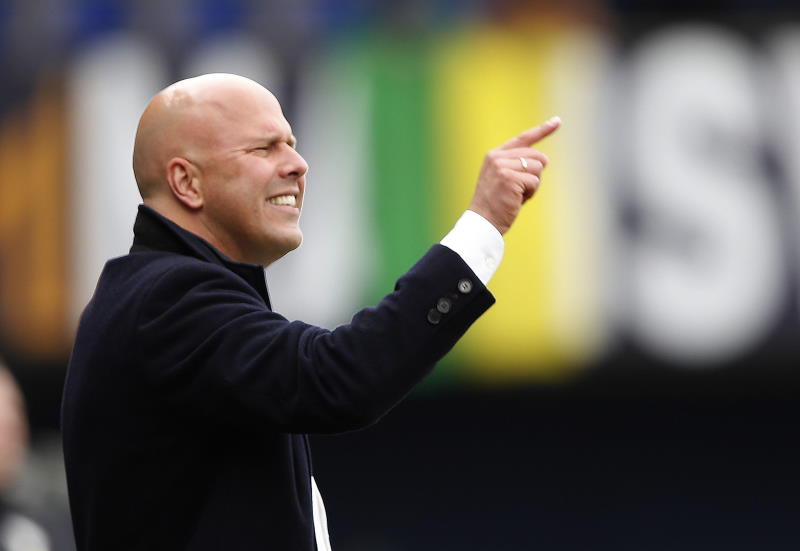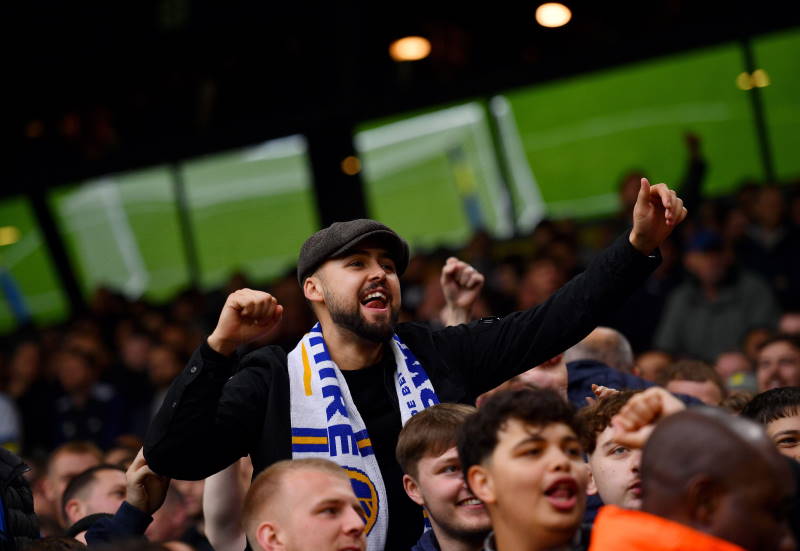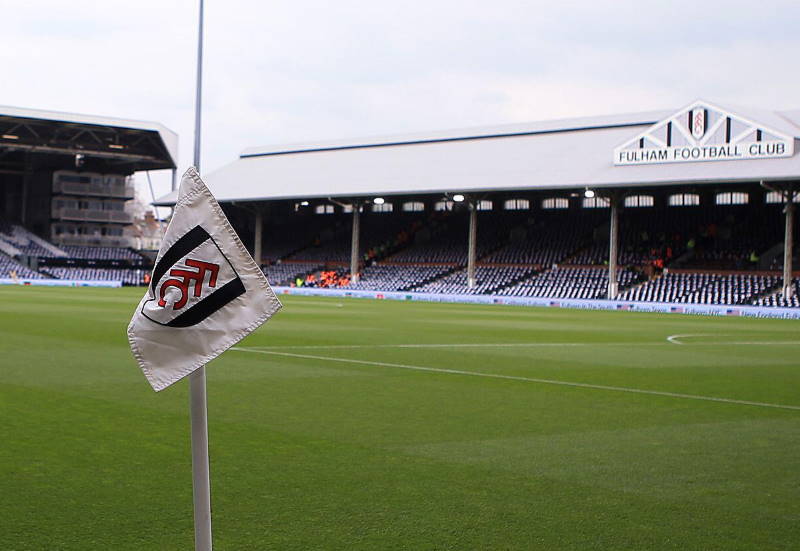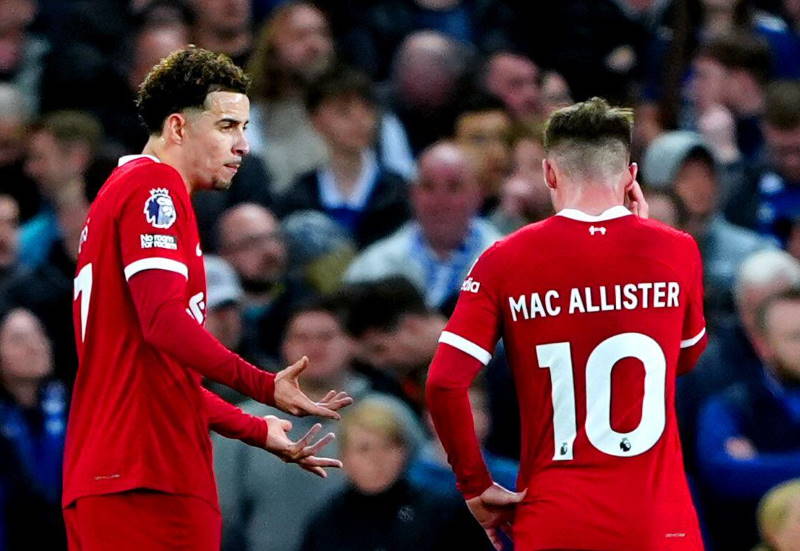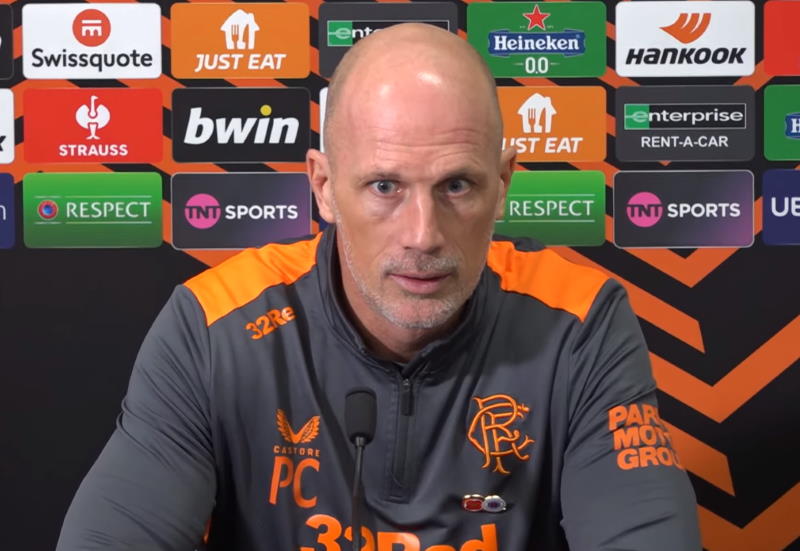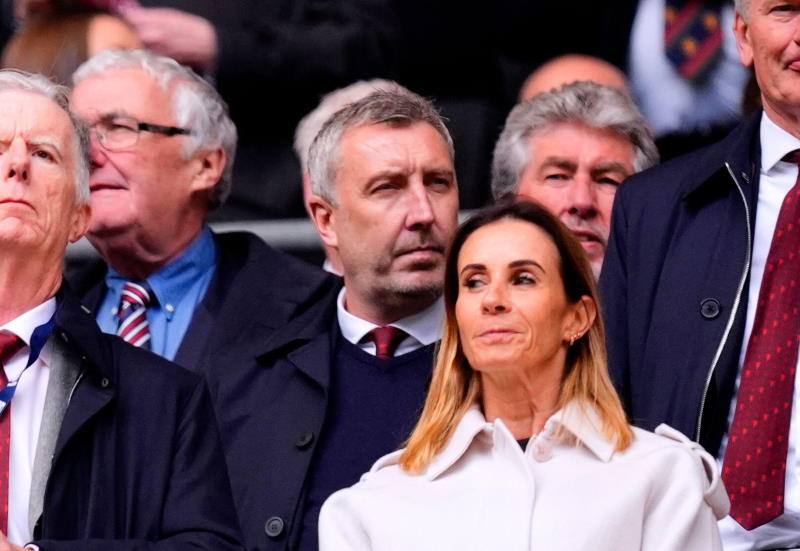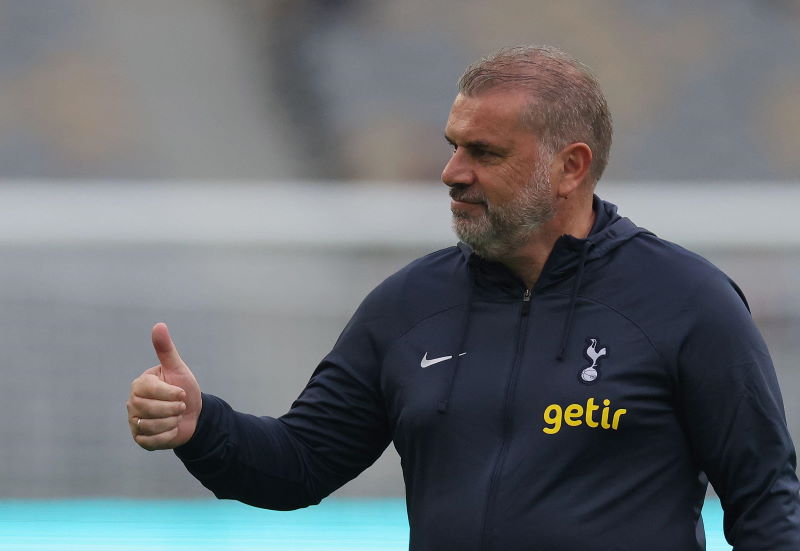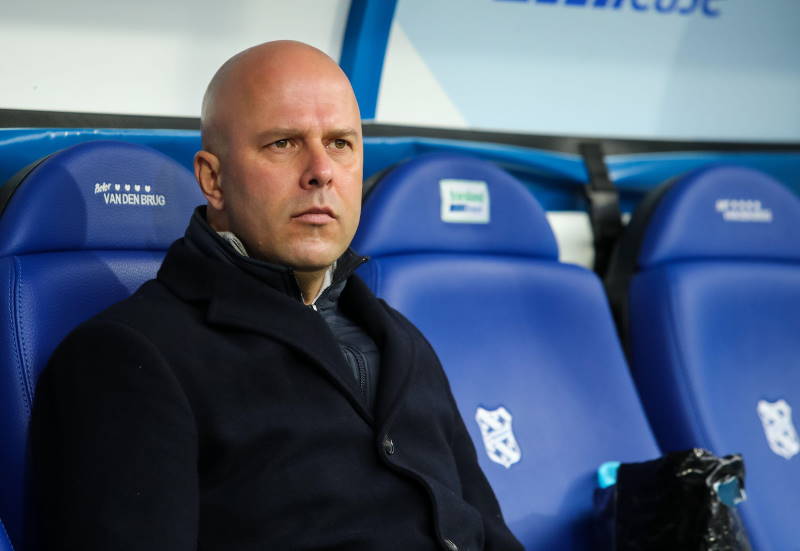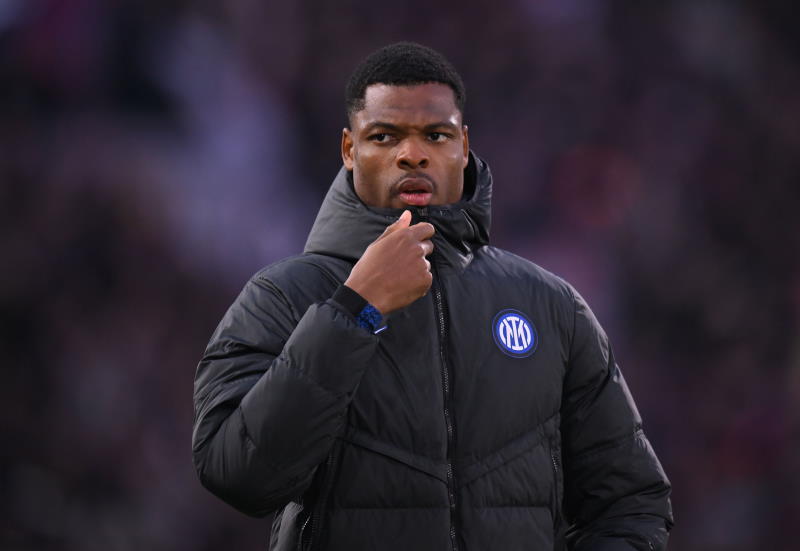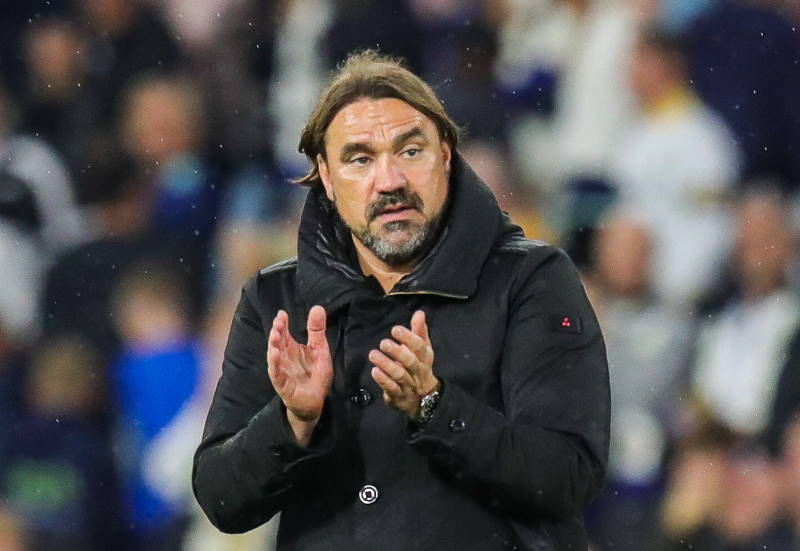
In another in our Coaching Diaries series, respected young coach Anthony Hudson analyses matches and training methods, reporting on his experiences and observations of the professional game. Anthony became the youngest professional football manager in the United States when taking Second Division side Real Maryland FC to the 2009 Playoffs and was nominated for Coach of the Year at just 27 years old. He has written for several coaching publications, holds a UEFA ‘A’ License (English FA) and is currently spending time at Tottenham Hotspur under the watchful eye of Harry Redknapp.
Here Anthony, who was present as Doncaster met Portsmouth in the Championship at the weekend, analyses the game and brings us a tactical breakdown of the match.
Npower Championship
Doncaster v Portsmouth
12th February, 2011
3pm Kick-Off
Keepmoat Stadium
Tough Job for Cotterill
Results have not been great for Portsmouth in recent months and looking at their difficult situation both on and off the pitch, it is easy to notice what a huge challenge manager Steve Cotterill is faced with. But what is admirable is how the Pompey boss has always presented himself to the public in a professional and positive light and doesn’t use the club’s off the pitch problems as an excuse – which would extremely easy to do in his shoes.
Both teams played with a 4-3-3 system, but with a different emphasis and approach due to the players they had at their disposal.
 Portsmouth in Possession – (Ball in goalkeeper’s hands):
Portsmouth in Possession – (Ball in goalkeeper’s hands):
1. Ashdown
5. De Laet 2. Halford 33. Rocha 6. Hreidarsson
14. Hogg 8. Mullins 20. Ward
7. Lawrence 18. Kitson 10. Nugent
2 x Centre backs split wide
2 x Full backs high and wide (No.5 got higher than Hermann Hreidarsson on the left) 2 x Centre midfielders holding
2 x Wide midfielders – No.7 and No.10 came inside
Attacking midfielder– No.20 looked to run off the forward
No.18 – Dave Kitson stayed high as a target
Main Pattern of Play from Portsmouth
Goalkeeper rolls the ball to a centre back – Greg Halford got more of the ball than Ricardo Rocha on the left. He would look to play into the midfield, but with any type of pressure it went direct into Kitson/David Nugent/Liam Lawrence with Joel Ward running off for the second balls. If the ball went into either of the two central midfielders, Hayden Mullins and Jonathan Hogg, with even low pressure, it would go back to a centre back or a full back – then it would go direct.
On the day, the most effective players in blue shirts were the front three (Kitson, Nugent and Lawrence) and this was when they were chasing and running at Doncaster’s back four. However, the build-up play from the goalkeeper looked awkward, scrappy and uncomfortable at times. They shaped up like they wanted to play out from the back, but there was no link to the forwards in order to do that.

Midfield three. No one comfortable getting the ball
off back four, turning and playing forward.
Mullins and Hogg were not enthusiastic about getting the ball off their defenders and when they did, it was a negative pass (side or back). Every time they did this, it just invited pressure from the home team – which ultimately resulted in a forced long ball, under pressure and without quality (Halford poor passing out of the back). If the idea is to build up through the middle, there have to be players in the middle that want the ball, brave enough to get it, and that can turn on the ball and play forward. Some teams play the same way with two holding midfielders, but the player at the top of the triangle (pivot) is usually the creative one who gets on the ball, turns and makes things happen. This was No.20 Ward, who is not that type of player. He is a good young talent and has played in nearly every position so far this season, mostly at the back. So his main role was to run off the front three and also to do a job defensively on Doncaster’s holding midfielder.
The right back, No.5 Ritchie De Laet (on loan from Manchester United) got high up the pitch when in possession. After a very promising run in the first few minutes, he then made a few mistakes on the ball which the crowd picked up on. I couldn’t work out whether he just lost a bit of confidence and didn’t want the ball, but after that he played very high (too high) up the pitch – at times marking himself out of the game and effectively ‘hiding’.
Maybe because of the constant issues/changes they have had as a team and club, Portsmouth just looked a little uncertain and uneasy when trying to get settled in possession. There were definitely situations when either Hogg, Mullins and the two centre backs could have been a little more patient and composed on the ball. I felt maybe just one more pass into Hogg or Mullins and it could have opened up the pitch, instead of knocking it long at the first sign of pressure.
However, with Kitson, Lawrence and Nugent working up front, any team will always have a great chance of putting the opposition under real pressure at any level. They were all a real positive for Portsmouth, with Nugent’s pace and runs in on his right foot and outside on his left; Kitson’s strength, winning headers and free kicks; Lawrence’s skill and positivity, fantastic delivery into the box and all three of them chasing defenders when out of possession.
 Doncaster in Possession – (No.6 – Right back on the ball under pressure):
Doncaster in Possession – (No.6 – Right back on the ball under pressure):
Portsmouth were able to put good pressure on the opposition’s back four. Due to how Doncaster set up when they had a problem, the only option was going long into Billy Sharp. This resulted every time in handing the ball straight over to Portsmouth as he had no support up top. Support needed and/or better passing/ clearance (i.e. clear back four, into an area, away from goalkeeper – weight and line of pass) Give themselves a chance.
This example (on the right) occurred a lot during the game. Centre forward Sharp looked dangerous up front, but needed help as the ball was finding him too quickly. I’m sure Doncaster would have liked to have had one or two passes more in their build-up, so as to get some support, movement and runners up with Sharp, but with Portsmouth’s pressure, it came in to him early and without quality.
Midfield Set-up
I feel that Portsmouth may just have set their midfield up to nullify Doncaster’s and stop them playing. I also think that Doncaster had an eye on covering the back four with Kitson’s threat and the second ball. As shown below, Doncaster played their midfield with the pivot at the bottom of the triangle – No.21 Sam Hird. All three were fairly comfortable on the ball, especially No.8 Brian Stock who tended to come deep to get the ball. The only problem with keeping an eye on Kitson was that No.21 found himself part of a back five when Portsmouth had the ball – leaving space in the middle for the opposition to play.

Doncaster played with a holding midfielder No.21.
When they lost possession he found himself
in amongst the back four, which created space
in the middle for Portsmouth to exploit
Doncaster definitely had a different approach to their play. They overloaded the midfield with bodies and tried to play through Portsmouth – which worked at times. But again, the problem was when they were under early pressure and cleared the ball, not once did they have any support up top with Sharp.
I’m sure Steve Cotterill recognised this and it was why their front three looked extremely hungry when Doncaster’s back four got the ball. Doncaster during spells, took too much time on the ball at the back, looked casual and careless with their passing. So many times it was clear to see Kitson, Nugent and Lawrence chasing them down as they took their time to play it out.
Both teams looked fairly even in the first half, but Portsmouth took the lead with a brave header from Kitson. In the second half the visitors went 2-0 up with Ward running in behind off a flick on, scoring with a fantastic finish, lobbing the keeper. Great finish, but I’m sure Doncaster boss Sean O’Driscoll wasn’t happy with the fact that he ran through that easily without being properly picked up.
A Situation that Always Arises:
When playing with this system, and against a team with one player up front, there is a situation that arises in almost every game. And it happened twice with Doncaster. Centre back No.2 (James O’Connor) in possession on the half way line, finds himself with time and a big space opens up in front of him. This occurs as Doncaster have pushed their full backs up, the opposition wide men are pushed back, midfielders are staying with the runners, and the centre forward being marked by two players (the two centre backs and one will be free) and if the movement is right, it opens up. He comes forward, the crowd start shouting shoot and the man on the ball is almost embarrased into shooting – not all of the time, but most. And isn’t this a genuine opportunity? The game saw two shots high and wide and a really good opportunity wasted.

This is a scoring opportunity:
No.2 becomes free, the midfield has opened
up, as the opposition have been pulled about
and now he has space to create or score.
There’s a few things here. If a team does not have an idea or plan and then they lose the ball they are in big trouble. They are out of shape, most of their team is committed forward and now the opposition is hammering down on goal, the way they are already facing. So maybe in this game it was a good thing it ended up in Row Z? But why not work a shot? Either by combining with the striker or wide players, or being creative, instead of that being a completely foreign situation that arises. And at the very least the team should prepare their shape so if it does break down they are not now defending their own goal.
Final Score
2-0 Portsmouth
Final Thought – Arguing with the refs.
Now for me, it is wrong, but I know and accept that it happens. But what I can’t understand and don’t agree with is when a player argues with the referee, disputing something that has just happened, whilst he is supposed to be doing his job. David Nugent, who had a fantastic game yesterday and gave everything for his manager, got caught up arguing with the referee, when only five yards away his man is waiting to receive the ball, which he did and played forward. Why not say what you need to say when the play has broken down? The most important thing at that very moment, is not, ‘I’m right and you’re wrong’, it is making sure I now do my job for the team. Barcelona are one of the best teams in the world, and if anyone had the right act this way, they would. However, they absolutely never get involved until the job is done. The moment they lose the ball, foul or no foul, they know that the most important time is right then and the quicker they work to get in position and get the ball back, the better chance they have of controlling the game and winning. Which they do – better than anyone.
Great result for Portsmouth on the road and something I’m sure they’ll build on.

